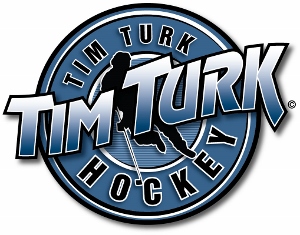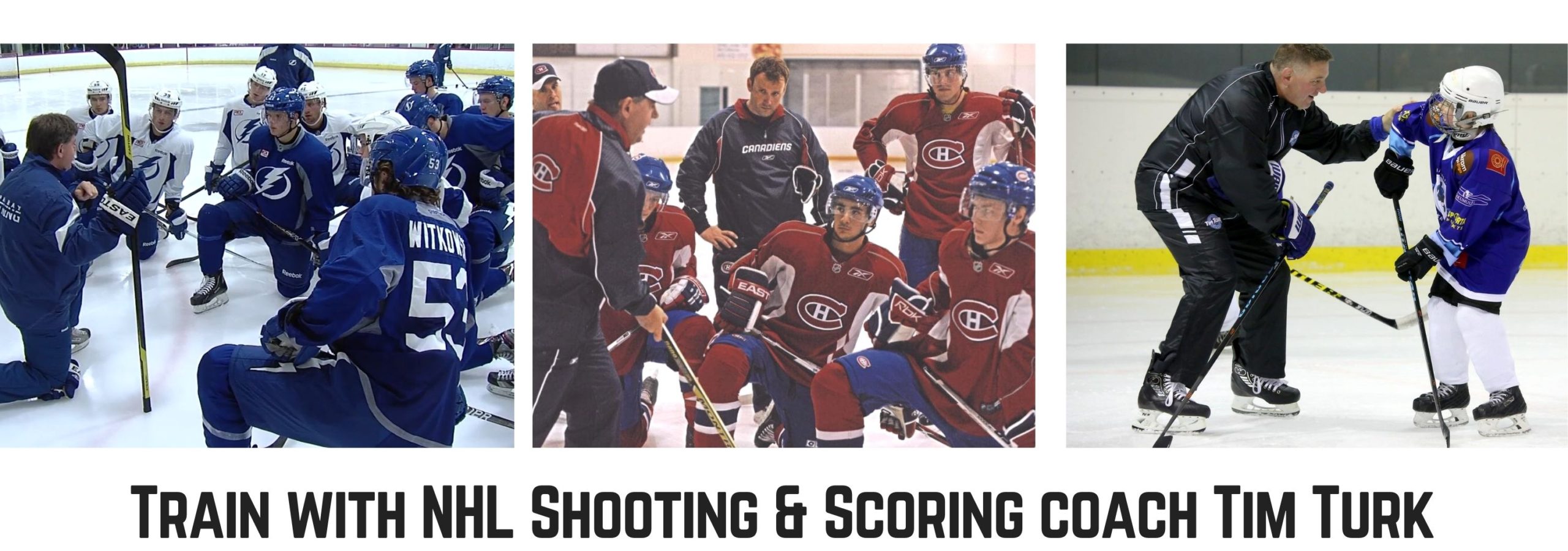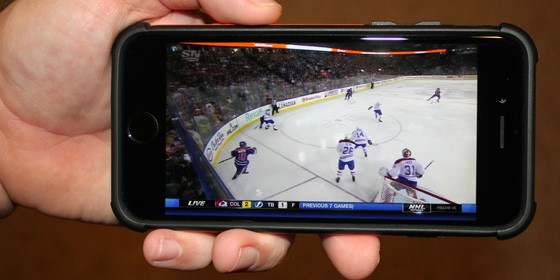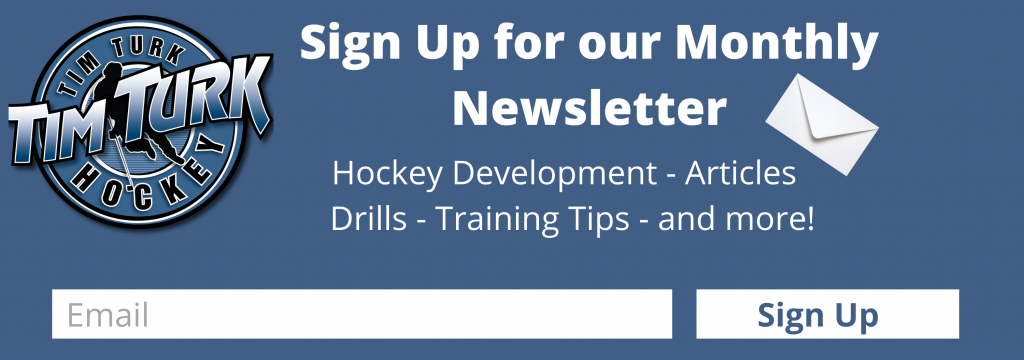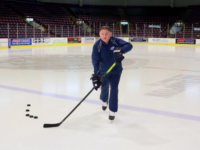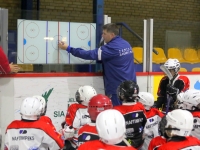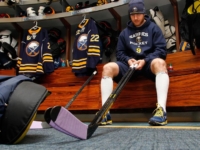Improving at hockey takes a tremendous amount of physical effort. Players push themselves during games and practices every week, performing the same grueling drills over and over to try to develop their skills. The most elite players exercise at home or at the gym in addition to weekly games and practices.
Yet, physical effort is only half the battle when it comes to improving at hockey. The other half takes place off the ice and outside of the gym, and only uses two body parts: your eyes and your brain.
Visual observation is crucial to improving your hockey game.
But, “visual observation” as a training tool in hockey isn’t as simple as watching an NHL game while scrolling through Instagram on your phone. For example, most hockey players, especially those at lower levels, zone out whenever they’re not on the ice during a game. They’ll think about how their shift went or joke around with their teammates on the bench—in essence, they stop paying attention. They stop watching the game going on in front of them—the game that’s full of learning opportunities.
There are various ways of learning any new skill or technique. Some people learn best by doing (kinesthetic learners), some people learn best by listening to instructions (auditory learners), and some people learn best by watching (visual learners). Regardless of which learning style best suits you, the fastest way to improve at anything is to apply as many learning techniques as often as possible.
When it comes to hockey, learning by watching—visual observation—is vastly underused by players.
Here are four ways you can use visual observation to become a better hockey player:
1. Film and Watch Yourself
Reviewing footage of yourself often illuminates mistakes you had no idea you were making.
All hockey players should understand how they move—what it looks like when they take a slap shot or when they skate as hard as they can. The simplest way to gain that understanding is to film and watch yourself.
This can be done anytime you’re on the ice, whether for a team practice, solo practice, a game, or even shinny on the pond with your friends. You can use any camera, even your phone, either by setting it up on a tripod or makeshift stand, or by asking someone to film for you.
Once you have your footage, spend some time carefully watching it and see if you notice any mistakes in your technique. Are you doing everything exactly the way your coach is telling you? Do some things look a little wonky even though they feel normal?
If you think you’re making mistakes, but you aren’t sure, ask your coach. Even better, show your coach the footage you took and point out where you think you’re going wrong. Your coach will be able to quickly verify any mistakes a show you exactly what you need to do to fix them.
2. Watch Your Teammates During Practices and Games
The next time you’re finished a drill during practice or you’re on the bench during a game, keep a close eye on what everyone else is doing rather than zoning out or goofing off.
Try to spot when players are doing things right and when they’re doing things wrong. If you work on spotting good or bad technique in others, it’ll be easier to spot good or bad technique in yourself.
Whenever you see someone doing some thing well, compare their technique to yours. Do you have some room for improvement before your slapshot looks identical? The same goes for when you see someone do something wrong. Do you make the same mistakes you’re watching other players make?
3. Watch Professional Games and Online Game Footage
One of the major benefits of learning by watching professional hockey players is that they’re almost always doing everything quicker, seem more powerful and in control. That’s why they’re pros.
Most hockey players, at whatever age or skill-level, watch televised league games (whether NHL, OHL, CWHL, etc.). Yet, hardly anyone watching these games is using them as a method to improve their own skills—doing so takes constant concentration and analysis.
Pay attention and be vigilant when you’re watching televised games. Think about why certain players are taking certain actions and closely watch their form whenever they make a pass, take a shot, or even simply skate. Then think about what you need to do to make your technique look more like the pros on TV.
To put it simply, watch every hockey game as if you need to commentate on it. You don’t literally need to do a play-by-play out loud, but if you pretend like you need to analyze each game with Kelly Hrudey afterward, you’ll be training yourself to find things that you can take from the professionals and apply to your own skillset.
Sure, it’s not always fun to scrutinize every game you watch, but it’ll get easier the more you do it, and it’ll go a long way toward improving your own game.
4. Watch Skill-Specific Videos
As a hockey player, you likely have a good idea of what your own areas of weakness are. Maybe your skating and stopping is a little sloppy. Maybe your wrist shot is weaker than you need it to be. Maybe your stickhandling isn’t up to par.
Whatever your weaknesses are, there are tons of videos available online of coaches and professionals demonstrating proper technique for specific skills. Some videos feature people discussing game/practice footage, others are tutorial-style explanations of exactly how to execute the perfect pass or take the perfect slapshot. These videos are slow and simple, so they’re easy to digest and understand.
Moreover, there are tons of videos that feature a list of drills you can do on the ice or at home that improve specific skills. Need to work on your stickhandling? Just search “stickhandling drills” and watch a few of the available videos. Make a list of the drills you find the most interesting and start working on your technique!
In addition, many hockey coaches now offer “video analysis” services where you can send them a short clip of yourself performing whatever skill you need to work on. The coach will watch the clip and tell you everything you need to do to turn your weakness into a strength.
So What’s the Point?
Visual observation is a highly underrated tool that anyone can use to improve their hockey skills. Whether you’re at practice, at a game, watching late-night hockey with your family, or browsing hockey YouTube videos when you’re bored, pay attention. Stay on the lookout for ways you can improve your own technique based on whoever you’re watching.
There’s a huge opportunity for improvement right in front of you—just open your eyes! If you use visual observation along with your regular methods of practice, you’ll soar past your competition and take your game to the next level!
